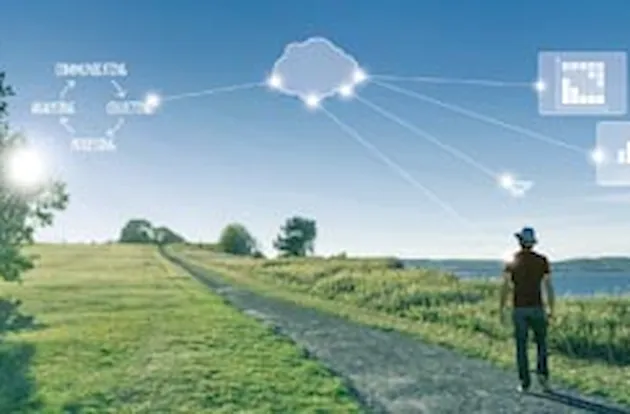Subsea 7
Flexibility is key for Subsea 7
Synergi Life - a 'critical corporate tool'
When Subsea 7 merged with Acergy in January 2011, the company chose to continue with its highly flexible Synergi Life solution. That meant a rapid and comprehensive roll-out to the new organization, where Synergi Life is now designated a 'critical corporate tool'.
“The Synergi Life system is extremely flexible, which makes it very easy to use,” says Elaine Rust, Global HSE Systems Manager at Subsea 7, which has been using Synergi Life since 2003. “You can scale up and scale down depending on the size of the company,” she says. This ability has been very useful in the years she has been with Subsea 7 as the company has grown to its current size of 12,000 people.
“At the time of the merger, we chose to use Synergi Life because of its flexibility,” she says. Subsea 7 now operates a fleet of more than 40 vessels, and it has increased its number of onshore sites and spool bases.
Ms Rust is responsible globally for the Synergi Life tool and for the emergency response system. The team managing Synergi Life includes Debbie McMaster, who leads global training, and Neil Webster, who works on development.
Synergi Life risk management software is used in Subsea 7 for 26 different case types, including but not limited to HSE, intervention, improvement opportunities, audits, planned inspections, third party incidents, emergency response exercises, new legislation, management reviews, vessel and equipment performance feedback, customer feedback and technical queries.
Global roll-out
“We did a global roll-out in the first quarter of last year. Obviously, changes like this are always difficult. People don’t generally like change, but it’s easy to train people with Synergi Life. Users are now embedded with the system and with what it provides. It’s vastly different from what they had before,” she says. Every Subsea 7 employee has a Synergi Life account.
“They can see their input, and they have ownership of their data. The data isn’t just going into a black hole, which means they’re more encouraged to input data. They can easily compare their numbers with those of other sites. They can look at it and say, ‘We’re best in class,’ or ‘We’re improving.’ That’s so important. It means they’re also more careful with the input, and more enthusiastic.”
Ms Rust says she is getting responses from people both offshore and onshore that show how involved the users are with improving systems with Synergi Life. “We even get suggestions from people about new areas where we can capture information. All of this happens because they have the visibility of the information. We have set up an HSE matrix, where you can see where the data from your site fits in, comparing it both with the overall data for the country, the territory and with the corporate level.”
Subsea 7 has implemented many improvement plans based on the data input in Synergi Life. “It enables you to focus directly on an area where the Synergi Life statistics have highlighted a need for improvement. This has been very successful,” she says. Synergi Life has now been designated a ‘critical corporate tool,’ and is used in client presentations and seminars. Synergi Life is the basis for all planning and all projects in HSEQ. This is a far cry from the era before Synergi Life, when various spread-sheets were used to capture and present many types of data. “By providing simple user interfaces and the development of automated reports, we vastly reduced the time spent manually entering the data into spreadsheets throughout the organization. This allowed us to use the time to actually monitor, analyse and trend the data,” says Ms Rust.
Why we chose DNV:
- Unsurpassed flexibility
- Easy to use
This is what we gained:
- Users have ownership of information
- Easy to compare results between units
- Provides enormous possibilities for implementing improvements








